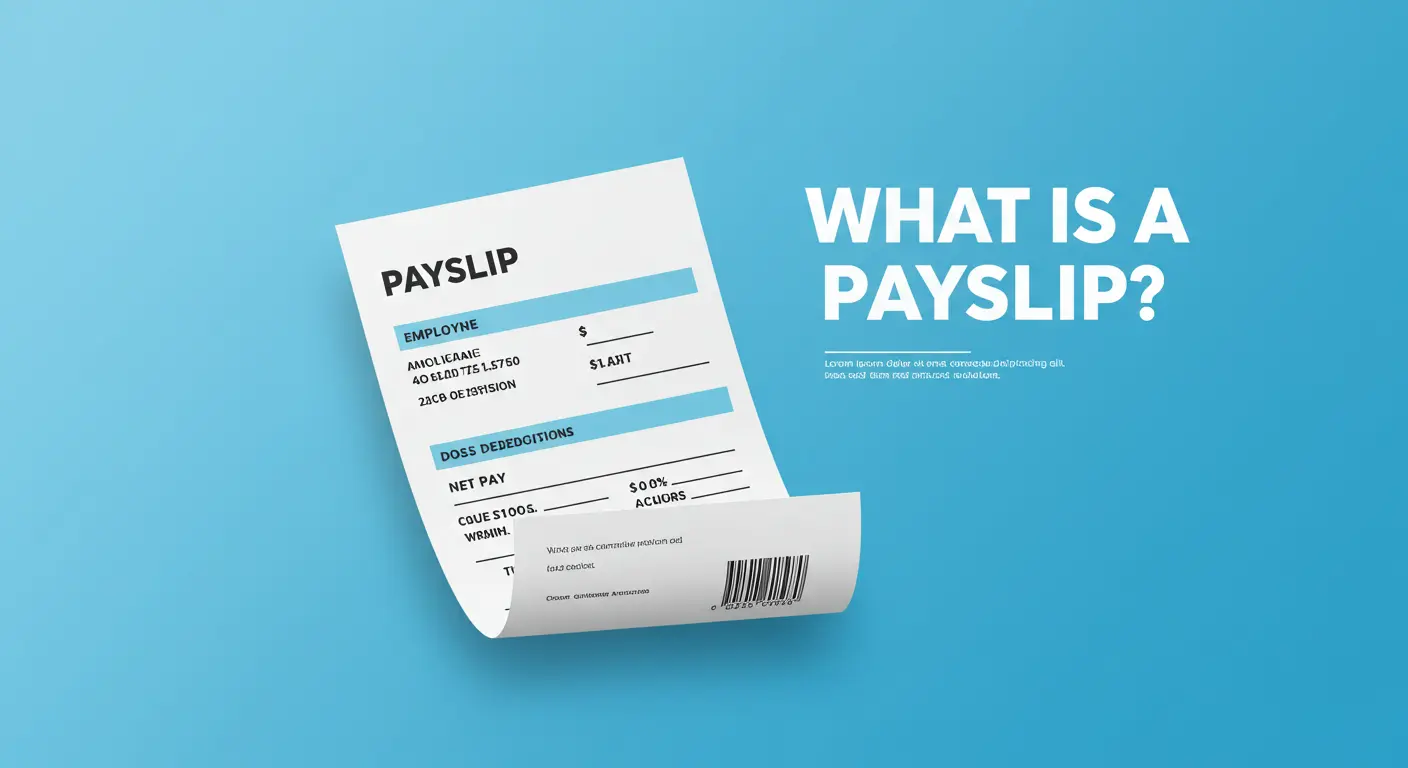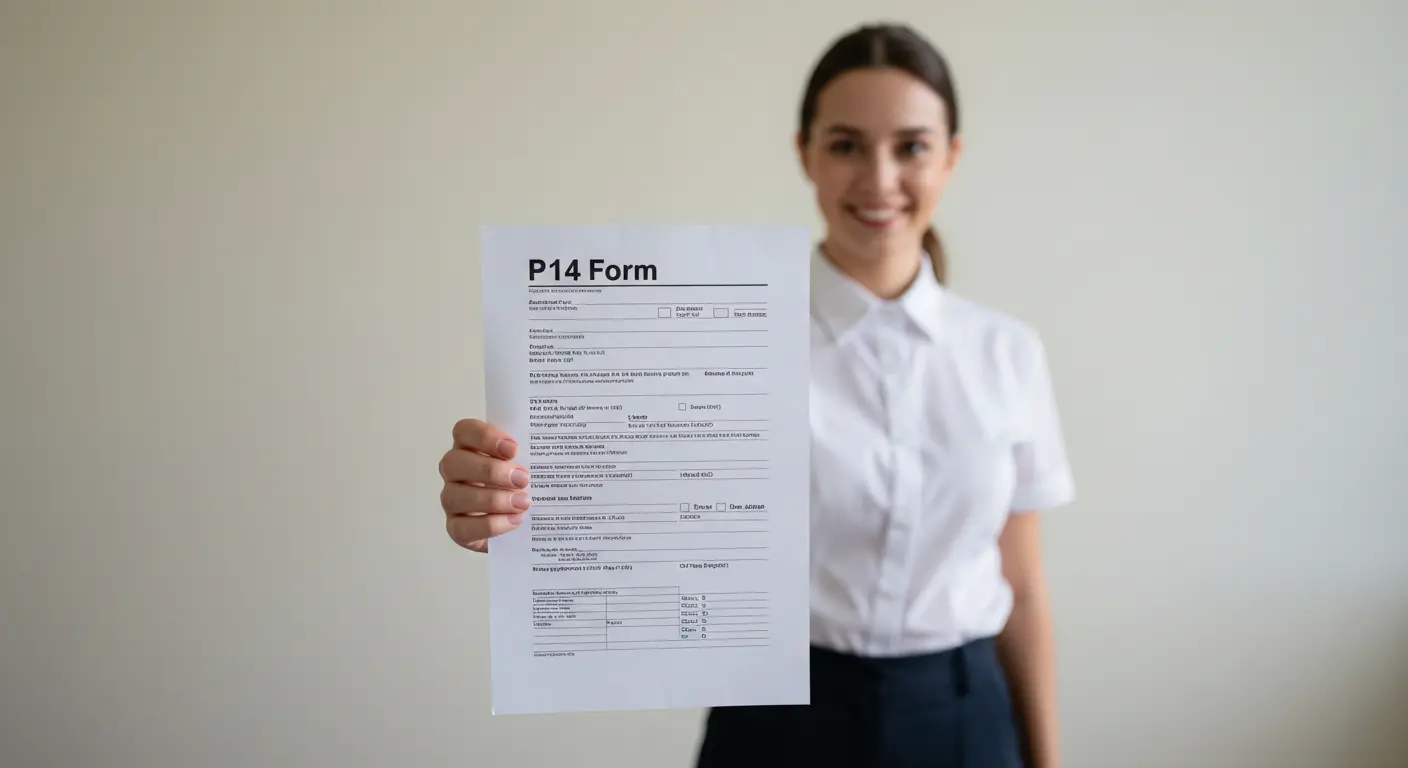What is a payslip?
Definition
A payslip, also known as a salary slip, is a document that an employer gives to an employee each time they are paid. It provides a detailed breakdown of the employee’s earnings and deductions for a specific pay period
The director’s register functions similarly to a company’s official directory or phone book. The names of all individuals involved in running the business. This register is maintained by law for all companies. It typically includes basic information such as the director’s full name, home address, date of birth, date of service to the company, and the type of role they fulfill.
Are You Entitled to Receive a Payslip?
If you work in the UK and do not receive a payslip, it’s not just inconsiderate behavior from your employer; it is against the law. The Employment Rights Act 1996 mandates that employers provide payslips to their employees on or before payday. This requirement applies to full-time and part-time employees, as well as apprentices and those on zero-hour contracts.
The law aims to protect employees from wage theft and promote transparency in employment relationships. A payslip must include specific details: your name, information about your employer, pay period dates, gross pay, deductions with clear explanations, and the final net pay. Many payslips also include an additional reference to your National Insurance number.
What can payslips be used for?
The payslip has several essential real-life applications. When you apply for loans, mortgages, or credit cards, banks and building societies often need to see a payslip or two to ascertain proof of your continuous income. A landlord usually also asks for payslips when you want to rent somewhere to ascertain if you can afford the monthly rent.
The payslip also acts as a record to aid you in tracking whether or not you have paid your taxes over the year, which will come in handy when dealing with HM Revenue and Customs (HMRC). Your payslips are pieces of evidence that will be required on any occasion that there are issues concerning your tax or when you are making a claim for benefits.
What is the use of a pay slip?
The use of a payslip is to provide a clear and official record of an employee’s earnings and deductions for a specific pay period. It serves multiple important purposes across financial, legal, and personal contexts.
Main Use of a Payslip:
To show how much you earned and what was deducted, use it for proof of income, tax filing, job verification, and personal budgeting.
What is the password of a pay slip?
Payslips that are sent as PDF files, especially via email, are often password-protected to keep your salary information secure. The password is usually something simple and known only to you.
Common Payslip Password Formats
Employers often use one of the following formats:
- Your Employee ID
- Your Date of Birth (e.g.,
DDMMYYYYorYYYYMMDD) - Your PAN or National ID Number
- A Combination (e.g., first 4 letters of your name + last 4 digits of your ID)
Example: If your name is Ayesha and your birthdate is 5th March 1995, the password might be Ayes0503 or 05031995.
What to Do If You Don’t Know the Password
- Check the email that came with the payslip; employers usually mention the password format there.
- Ask your HR department if you’re unsure or can’t open the file.
How much is the total cost of this payslip?
To calculate the total cost to the employer for this payslip, we need to consider the gross earnings and potentially any employer-side contributions (like to a provident fund or insurance), if applicable.
Receiving payslip documents will cost nothing for employees since it is a law that employers must provide. You should never be charged for this service. Employers do have expenses in processing payslips, though, especially those using outside payroll services.
Small businesses that outsource their payroll pay, on average, between £2 and £10 per payslip, depending on the complexity of the payroll and the services involved. Large companies often run their payroll in-house or have better rates negotiated with their payroll providers.
Example Calculation (UK)
Let’s say an employee earns a gross monthly salary of £3,000:
| Component | Amount (£) |
|---|---|
| Gross Salary | 3,000 |
| Employer NICs (~13.8%) | 414 |
| Employer Pension (e.g., 3%) | 90 |
| Total Cost to Employer | 3,504 |
What are the main components of a payslip?
A payslip is a detailed document that outlines an employee’s earnings and deductions for a specific pay period. The key factors that make up a payslip typically include the following components, which should appear on every standard payslip:
Gross Pay
Gross pay is the aggregate amount that one earns before deduction of any payments from it. The basic salary or hourly payments are calculated, including overtime days, bonuses, and any extra payments. For instance, if someone is being paid £2,000 a month and has received a bonus of £200, the total sum of £2,200 can then be termed as the gross salary.
Net Pay
Net pay is the amount of money that goes into your bank account after all deductions from gross pay and net pay have been removed. It is sometimes termed “take-home pay” because that is what you get to carry home. Quite a distinction can be observed between gross pay and net pay due to many deductions.
Text earning
Your taxable earnings are just those parts of your earnings that the government can tax. While this may sound like your entire salary in a general sense, it’s often not as cut and dry as that. Your taxable earnings can sometimes be the same as your gross pay, but there are cases where certain benefits or allowances may be tax-exempt.
For example, your employer might provide you with a company car or health insurance that is diminished concerning tax. Knowing what exactly fits into the category of taxable earnings will help you figure out how much tax to pay and check if the calculations on your payslip are strictly correct.
| Component | Description |
|---|---|
| Employee Details | Name, ID, job title, and department |
| Pay Period | Start and end dates of the salary cycle |
| Gross Pay | Total earnings before deductions |
| Deductions | Taxes, pension, insurance, etc. |
| Net Pay | Take-home salary after deductions |
| Payment Method | How the salary was paid (e.g., bank transfer) |
What does a Payslip pay into a Paycheck?
The payslip informs you only of what you have earned and been deducted. The paycheck is just that, a check written against an actual amount in the bank. People in the UK receive most of their money by bank transfer (electronic payment), so these terms tend to be used rather loosely.
All are different in that payslips are the ones that bring all you pay and what you pay back as a deduction. The paycheck or the bank transfer will simply be how you deliver your net pay. You need to have both: a payslip for record and comprehension, and a cash payment. Few are getting checks anymore because of the rising number of people relying on electronic payments, which offer convenience and security to payers.
R Reflects Salary in Payslip
Basically, “R” in your payslip means the money you receive back: mostly, such money typically goes into your tax refund or follows some overpayment correction. An extra tax credit comes in handy when you pay unnecessary amounts in previous periods of the year, or you’ll show a deduction error.
Many of these tax refunds can be claimed if you change jobs, have a few weeks of unpaid leave, or if your tax code gets changed. The R tells you it is something different from your normal pay.
If you see an “R” amount on your payslip but don’t understand why, contact your payroll department to clarify what refund you’re receiving and why.
Date when Payslips should be Issued to Employees
Employers are to issue payslips when employees are supposed to receive their wages. That is, if you are paid at the end of the month, your payslip must be with you by this date at the latest.
Most employers will issue payslips a few days before payday to allow employees time to check them and ask for clarification or reasons. Many companies have been moving to electronic payslips via employee portals or email.
If you fail to receive a payslip before payday, the next thing to do is contact your human resource department, as this could indicate some underlying issues with your payment or payroll.
What will the National Minimum Wage?
NMW rates for 2025 will thus constitute an important point of reference for checking whether you are being paid correctly regarding UK National Minimum Wage rates or any other source when looking to compare the two. Different rates apply depending on your age and whether you are an apprentice.
If your payslip does not show that you are receiving the minimum wage for all of your hours worked, this means you can report your employer to HMRC, which may bring your employer to trial for penalty charges against them.
Minimum wage rates are annually reviewed, and they generally increase on the first day of April. Always check the rates to confirm if you are being paid as highlighted above, though, since you’ll be paid the latest rates.
Some tips for understanding a payslip
If it looks a bit complicated while reading your payslip at first, it will be easy for you after some time. Make a point to start from the most important figures, i.e., gross pay, net pay, and total deductions. These three figures will tell you the main thing about your pay.
Check regularly your year-to-date figures so that you can find whether they are increasing correctly, and at the same time, you are not being taxed too much or too little in other deductions. If something doesn’t seem right, go ahead and ask your payroll.
Organize your payslips and put them in a safe place, because you will definitely need them for your tax returns, to apply for some benefits, or any financial matters. Storing payslips in electronic format is really nice, but do remember to print some important ones for your records.
Conclusion
Your payslip is more than a square sheet of paper or an electronic document. It’s your earnings, a legal document for your protection, and one of the financial instruments to manage your life. Understanding every part of your payslip will not only confirm that you’re being paid correctly, but it will also provide you with information for important decisions that you will make.
Your payslip will give you all the specifications, whether it is time to apply for a mortgage, budgeting expenses, or simply verifying whether the correct amount is being paid. Take the time to review each payslip very carefully; never hesitate to seek clarification regarding anything that seems unclear; and be sure to keep your payslips organized for future reference.
















